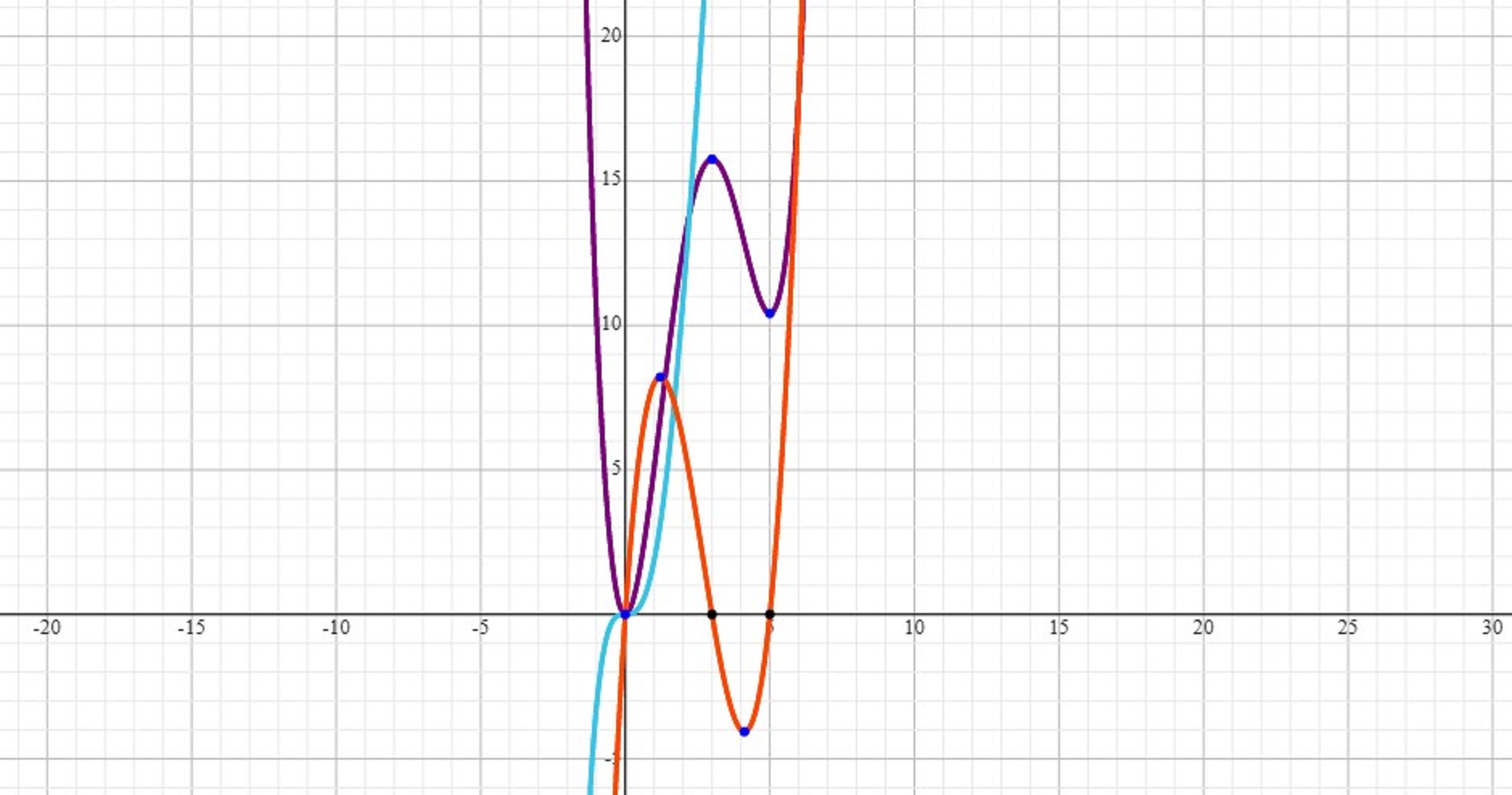Given a graph of an object's acceleration vs time. When t=0 the position and velocity of the object are both zero. The graph crosses the time axis at 3 and 5. At t=3 would the object be moving forward, backward or is it still?
1 Answer
Moving forward
Explanation:
.
At
We also know that at
Between
This means that between
Therefore, the object is moving in the positive direction with a constant velocity at
The answer to your question of whether at
The reason becomes apparent if we analyze what is actually happening.
We know that the acceleration curve crosses the time axis at three points,
Let's develop the equation of acceleration function:
We now take the integral of the acceleration function to arrive at the velocity function:
We can use our initial conditions to solve for
We now take the integral of the velocity function to arrive at the position (distance) function:
Again, using initial conditions of
Now that we have all three functions, we can evaluate each at
The figure below shows all three functions on one coordinate system:

The red curve is the acceleration.
The purple curve is the velocity.
The blue curve is the position.
As you can see, for
As such, the object is always moving forward.

